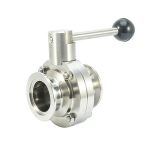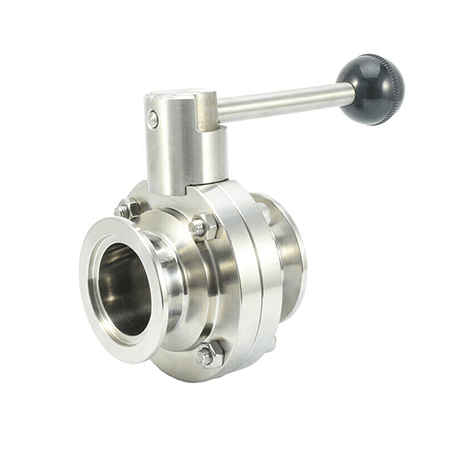
The Difference Between Various Types of Valves
- Classified by function and purpose
(1) Cut-off valve: The cut-off valve is also called a closed-circuit valve or a cut-off valve, whose function is to connect or cut off the medium in the pipeline. The types of shut-off valves include gate valves, globe valves, plug valves, ball valves, butterfly valves, and diaphragm valves.
(2) Check valve: Check valve is also called one-way valve or check valve, its function is to prevent the medium in the pipeline from flowing back. Its main function is to prevent the medium from flowing backwards, to prevent the pump and drive motor from reversing, and to discharge the container medium. The bottom valve of the pump to close the water also belongs to the non-return valve category.
(3) Safety valve: The function of safety valve is to prevent the pressure of the medium in the pipeline or device from exceeding the specified value, so as to achieve the purpose of safety protection.
(4) Regulating valves: Regulating valves include regulating valves, throttle valves and pressure reducing valves, whose function is to regulate the pressure, flow and other parameters of the medium.
(5) Diversion valve: Diversion valves include various distribution valves and traps, etc., whose function is to distribute, separate or mix the medium in the pipeline.
(6) Exhaust valve: Exhaust valve is an indispensable auxiliary component in the pipeline system, which is widely used in boilers, air conditioners, oil and gas, and water supply and drainage pipelines. It is often installed at high points or elbows to remove excess gas in the pipeline, improve the efficiency of pipelines and roads, and reduce energy consumption.
- Classified by kg pressure
(1) Vacuum valve: refers to a valve whose working pressure is lower than the standard atmospheric pressure.
(2) Low-pressure valve: refers to the valve with nominal pressure PN≤1.6Mpa.
(3) Medium pressure valve: refers to the valve with nominal pressure PN of 2.5, 4.0, 6.4Mpa.
(4) High-pressure valve: refers to the valve whose working pressure PN is 10~80Mpa.
(5) Ultra-high pressure valve: refers to a valve with a nominal pressure of PN≥100Mpa.
- Classified by kilogram pressure
(1) Ultra-low temperature valve: used for valves with medium working temperature t<-100℃.
(2) Cryogenic valve: used for valves with medium working temperature -100℃≤t≤-29℃.
(3) Normal temperature valve: used for valves with medium working temperature -29℃<t<120℃.
(4) Medium temperature valve: used for valves with medium working temperature 120℃≤t≤425℃.
(5) High temperature valve: used for valves with medium working temperature t>450℃.






